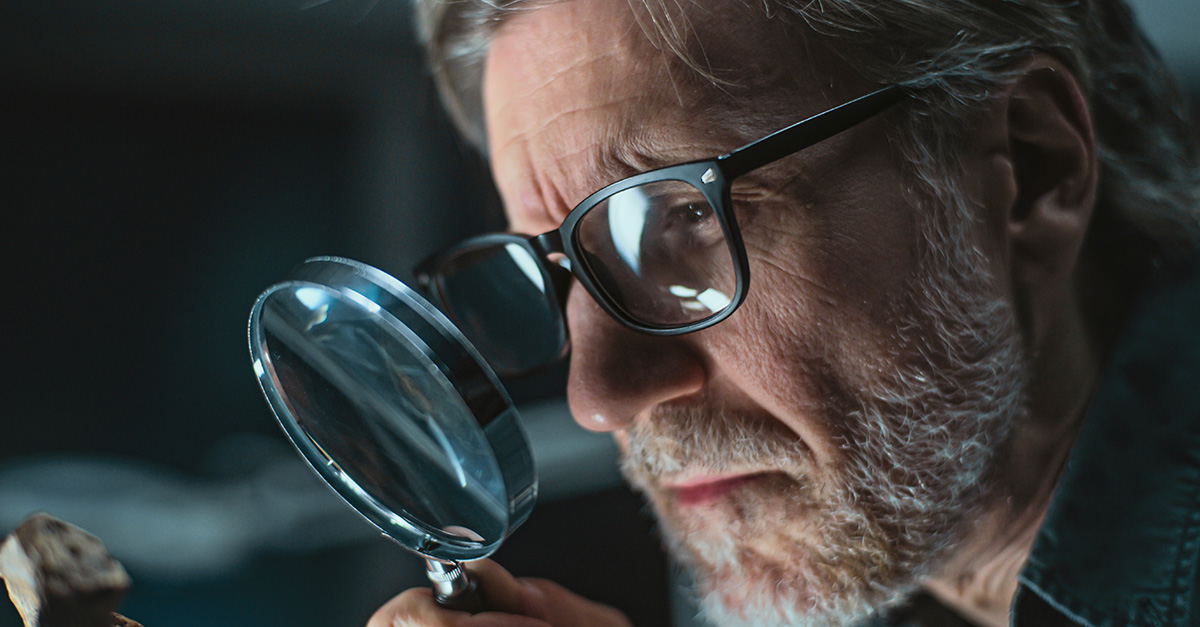The Oak Island Crew Should Have Hired This Four-Year-Old
When four-year-old James Hyatt and his father, Jason, went out for a fun afternoon of metal detecting near Hockley in Essex, England, they would never have guessed they'd be returning with a double-sided golden pendant potentially worth millions of dollars.
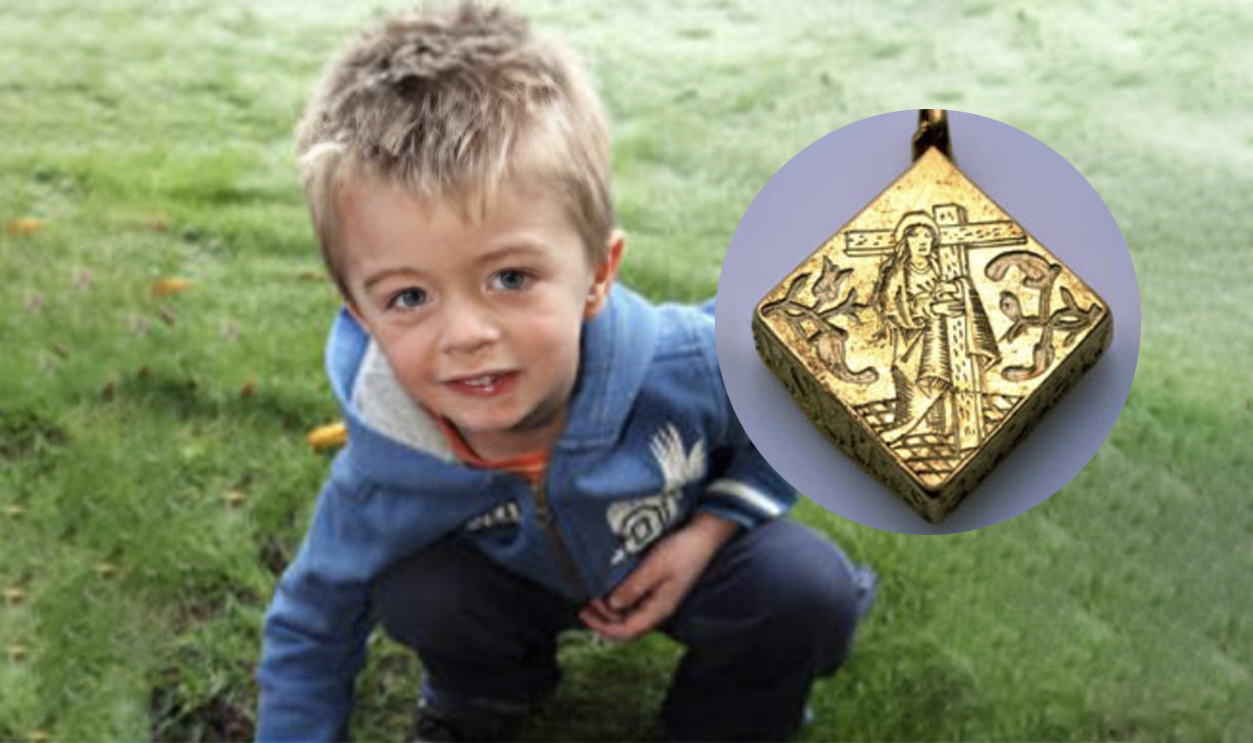
The Find
In 2009, James Hyatt and his father, Jason, went out for a leisurely afternoon of metal detecting—something they often did for fun in Hockley, near the family home in Billericay, Essex. Hidden deep beneath the earth, detected only by the pinging of his father's metal detector, James Hyatt located a golden locket.
 John Winfield, CC-BY-SA-2.0, Wikimedia Commons
John Winfield, CC-BY-SA-2.0, Wikimedia Commons
No Map Necessary
Little James and his father were stunned. "It went beep, beep, beep, then we dug into the mud. There was gold there". After pulling the locket up from the earth, buried about eight inches deep, James and his father were brimming with excitement. "We didn't need a map," recalled James, "Only pirates use treasure maps".
The Golden Locket
What they had found was a square locket, made entirely of gold. It had strange markings on its rear face and a lady bearing a cross on its obverse face. The lady carrying the weight of a wooden cross is speculated to be either Mary Magdalene or Saint Helena, the Mother of Constantine I in Orthodox Catholicism.
 The Portable Antiquities Scheme/ The Trustees of the British Museum, CC BY-SA 2.0, Wikimedia Commons
The Portable Antiquities Scheme/ The Trustees of the British Museum, CC BY-SA 2.0, Wikimedia Commons
The Hockley Pendant Makes The News
It took until late 2010 for the "Hockley Pendant", as it has now become known, to make the news in the UK. This piqued the British Museum's interest, who almost immediately declared the Hockley Pendant to be official treasure because it was made of gold and more than 300 years old. This meant the British Museum could take possession of the pendant, once they compensated the Hyatt Family for their discovery.
 Luke Massey & the Greater London National Park City Initiative, CC BY 2.0, Wikimedia Commons
Luke Massey & the Greater London National Park City Initiative, CC BY 2.0, Wikimedia Commons
Setting The Archaeological World Alight With Speculation
As is common with new archaeological discoveries, speculation was rife about the age and value of the Hockley Pendant. It was clearly a gold relic, but the age was in question. Testing by the British Museum found that it was from the 16th century. It is one of only four similar pieces found in the UK. This meant it potentially could have been worth millions of pounds.
 CC BY-SA 4.0, Wikimedia Commons
CC BY-SA 4.0, Wikimedia Commons
What Was Found Within It?
As it was a locket, there was (at one stage) likely something important inside of it, which may have been the ashes of a deceased relative, or another important object to the original owner of the relic. This owner was likely a wealthy and highly religious person, based on the religious decorations on the pendant's front and rear faces.
 The Portable Antiquities Scheme/ The Trustees of the British Museum, CC BY-SA 2.0, Wikimedia Commons
The Portable Antiquities Scheme/ The Trustees of the British Museum, CC BY-SA 2.0, Wikimedia Commons
The Front Face: The Woman With The Cross
The front face of the pendant, once it had been cleaned up and forensically examined, was decorated with the image of a female saint. This is possibly the Virgin Mary or Saint Helena. There are speckles engraved within the cross, likely demonstrating that the cross is either covered with blood, or the wood itself is bleeding. The lady bearing the cross stands on a checkerboard floor with floral tendrils on either side of the depiction.
What Is The Meaning Of The Front Face?
While the exact meaning of the front face of the Hockley Pendant remains a mystery, researchers speculate that this may be a depiction of Saint Helena's discovery of the True Cross, which is the cross that Jesus was crucified upon. Helena's discovery of the True Cross was thought to have occurred in the 4th century.
 San Francesco, Arezzo, Wikimedia Commons
San Francesco, Arezzo, Wikimedia Commons
More On Saint Helena's Discovery Of The True Cross
Saint Helena's discovery of the True Cross is based on a legend: Saint Helena, who was the mother of Constantine I, was said to have journeyed to Jerusalem around 326 AD. She's said to have discovered the cross used in Christ's crucifixion thanks to divine intervention. She's considered by many around the world to be the world's first archaeologist.
 Giovanni Battista Cima da Conegliano, Wikimedia Commons
Giovanni Battista Cima da Conegliano, Wikimedia Commons
The Rear Face: The Five Wounds Of Christ
The rear features contain myriad symbols to Christ and his suffering on the cross. This is particularly evident from the droplets of blood falling out of four incisions, likely representing Christ's head, hands, and feet. There is a heart-shaped incision with a slice through it—symbolizing the Five Wounds of Christ.
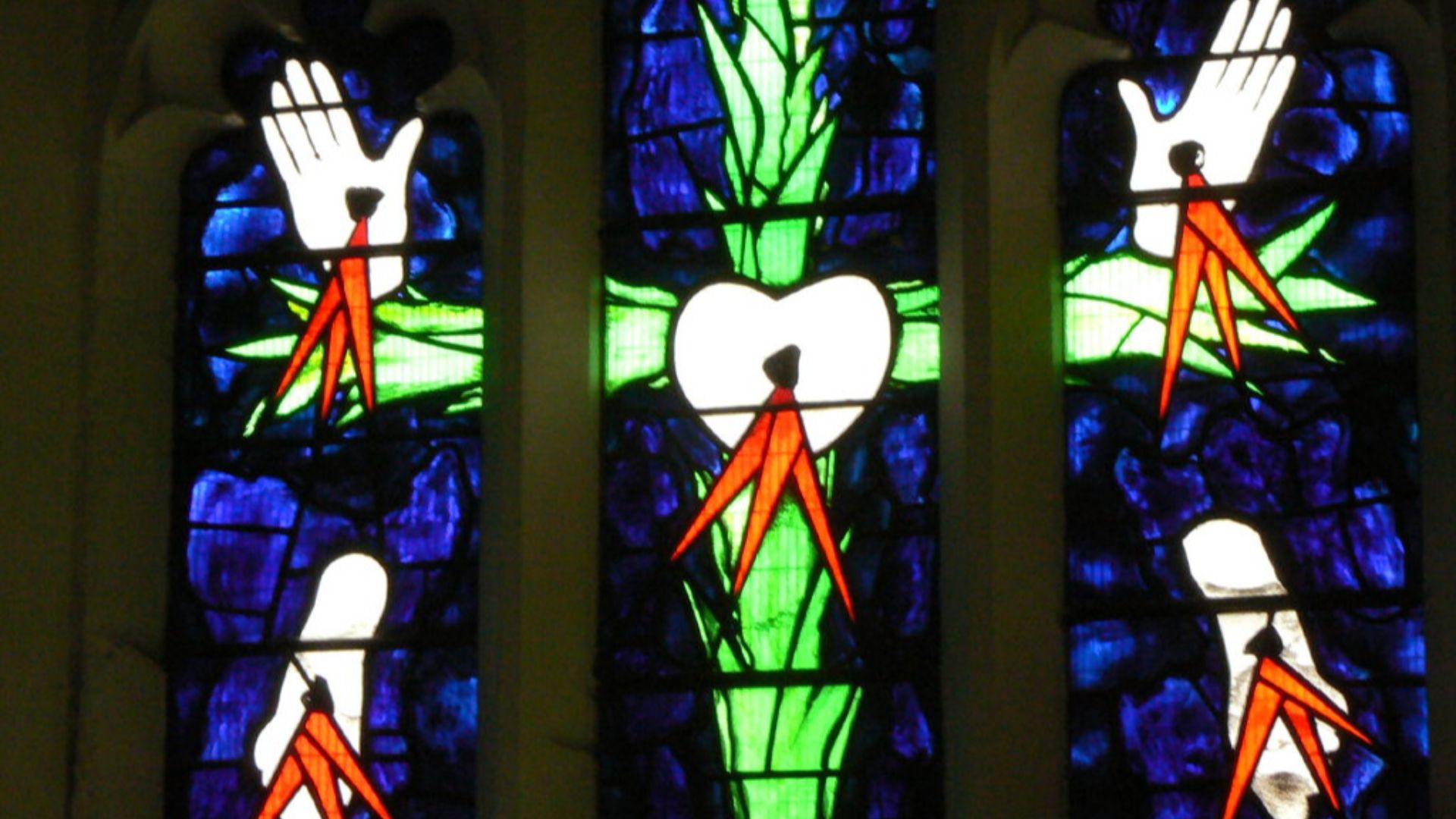 Alan Murray-Rust , Wikimedia Commons
Alan Murray-Rust , Wikimedia Commons
The British Museum Was Initially Unable To Look Inside The Locket
Upon receipt of the locket, the British Museum's researchers and coroner struggled to open up the locket, which contained a moveable panel that slid open to reveal the inner section. Conservators immediately noticed that this rear panel was damaged—it had become dislodged from its guide grooves that allowed it to slide open and shut.
 Does This Ancient Pendant Contain a Piece of Christ's Cross? | Our History, Our History
Does This Ancient Pendant Contain a Piece of Christ's Cross? | Our History, Our History
A Painstaking Repair Process
This rear section underwent a consummate repair process by conservationists at the British Museum. They worked under a microscope to painstakingly pry the rear face up and slot it back into its original position, using a miniature probe. This process took several days due to the conservator, Marilyn Hockey's, due care and attention to the fragility of this ultra-rare relic.
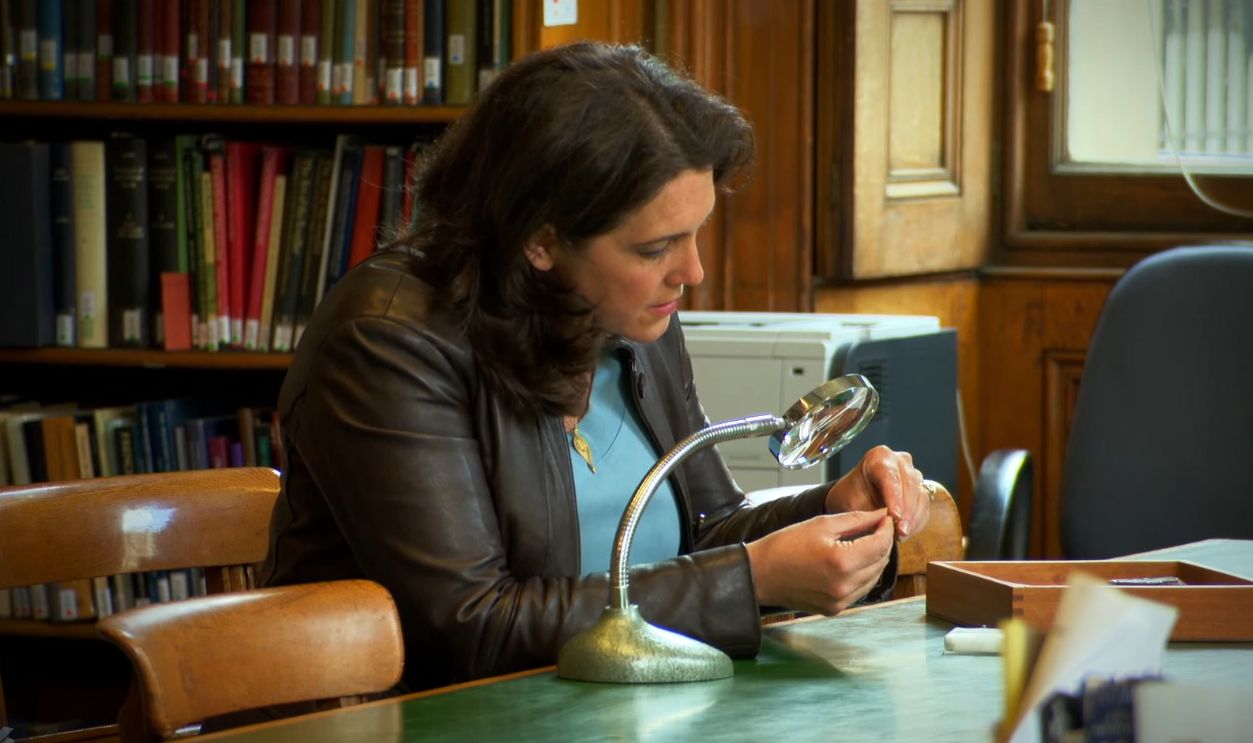 Does This Ancient Pendant Contain a Piece of Christ's Cross? | Our History, Our History
Does This Ancient Pendant Contain a Piece of Christ's Cross? | Our History, Our History
What Was Inside?
After finally being able to reset the locket's sliding mechanism to its proper position, Hockley and her team of conservationists found some locally-grown oats. Unfortunately, there was no hidden treasure or miniature painting that could have told them who the locket belonged to, nor the ashes of a deceased loved one. Disappointingly, there were only a few oats.
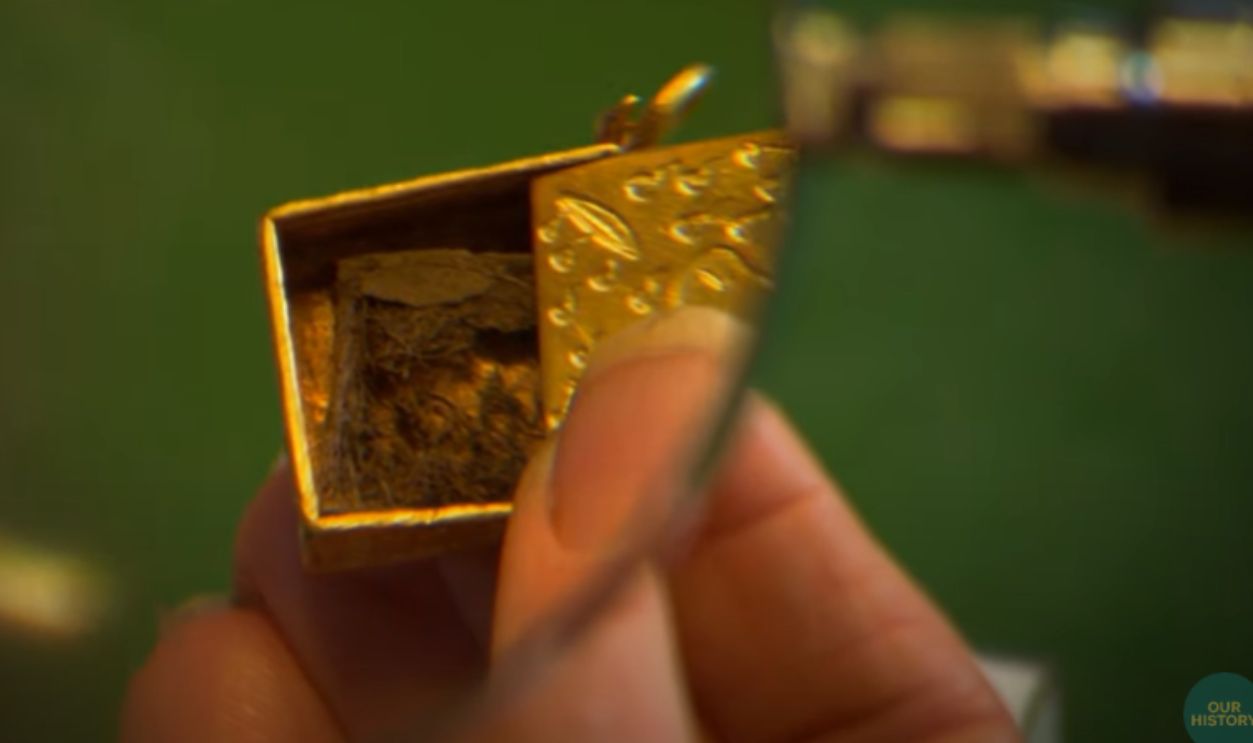 Does This Ancient Pendant Contain a Piece of Christ's Cross? | Our History, Our History
Does This Ancient Pendant Contain a Piece of Christ's Cross? | Our History, Our History
The Three Wise Men Are Named On Three Sides
On three sides of the diamond-shaped pendant, you'll find the names of the Three Wise Men: "IASPAR" (Caspar), "MELCIOR" (Melchior), and "BALTASAR" (Balthazar). Also known as the Biblical Magi, these names were written in Lombardic script, the name given to a type of script writing where all letters are capitalized. The script has its origins in Ancient Italy. Given the importance of Saint Helena in the Catholic faith, it's possible that the person who once wore the Hockley Pendant was Italian.
 Does This Ancient Pendant Contain a Piece of Christ's Cross? | Our History, Our History
Does This Ancient Pendant Contain a Piece of Christ's Cross? | Our History, Our History
Only A Very Wealthy Person Could Have Owned It
The small object (1 inch wide x 1.3 inches long) was likely enameled upon engraving, giving it a once-fantastical color on top of the gold from which it was made. Because it was made from gold and intricately engraved, it would likely have cost a lot of money in the 16th century, meaning that only a very wealthy person could have owned it.
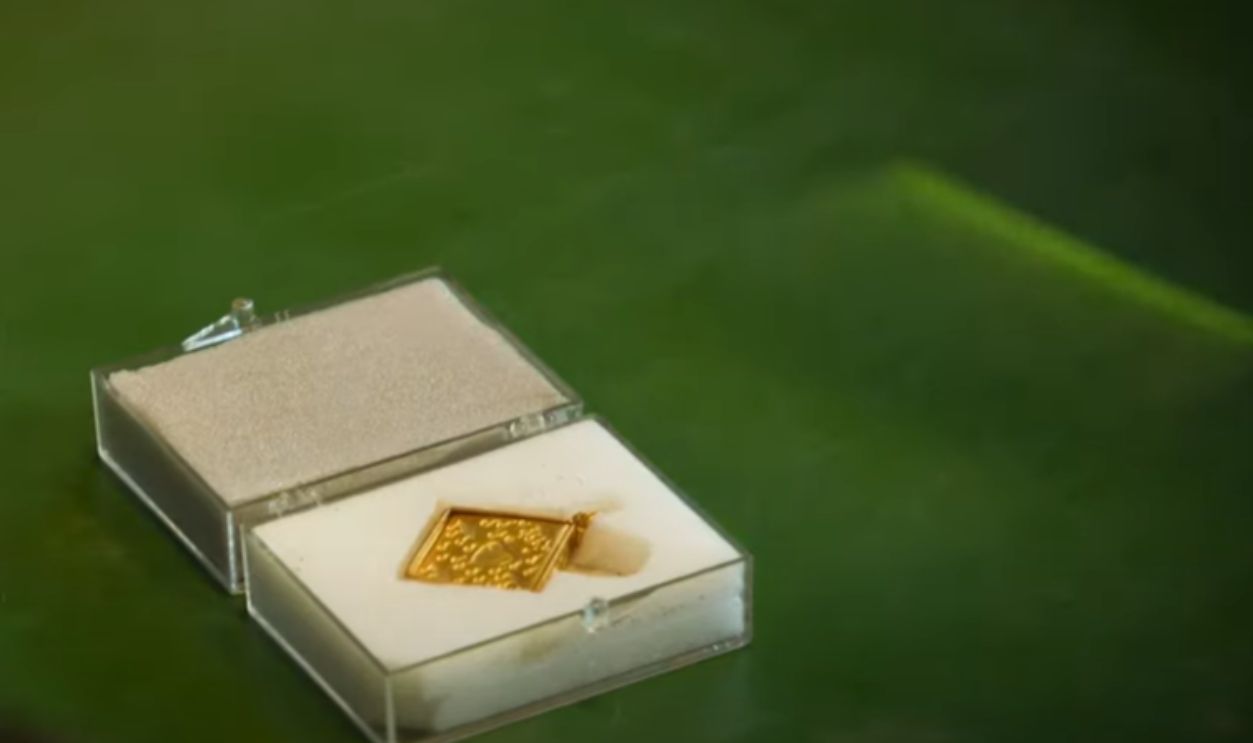 Does This Ancient Pendant Contain a Piece of Christ's Cross? | Our History, Our History
Does This Ancient Pendant Contain a Piece of Christ's Cross? | Our History, Our History
Where Is The Pendant Now?
The Hockley Pendant has been in the custody of the British museum since 2010, when the news broke of Hyatt's discovery. As it is an official treasure, it is deemed property of the Crown, although such finds are so rare, that it required coroner's inquests and other official proceedings to work out who should get the money offered by the British Museum: James Hyatt, who found the relic, or the owner of the land where he was playing when he found it.
 Does This Ancient Pendant Contain a Piece of Christ's Cross? | Our History, Our History
Does This Ancient Pendant Contain a Piece of Christ's Cross? | Our History, Our History
How Much Did James Hyatt Actually Receive?
Despite initial hopes that the Hockley Pendant was actually worth millions of pounds, James Hyatt was paid only $90,000 by the British Museum, who released the funds to Master Hyatt when he was four years old. Hopefully his parents put that money into the stock market or a savings account!
What Is The Importance Of The Hockley Pendant?
The Hockley Pendant sheds new light on the religious devotions people living in England in the 16th century, as the intricate design and, in particular, the presence of the names of the Biblical Magi (who's names would often be recited during rituals) give clues as to whom the owner might have been.
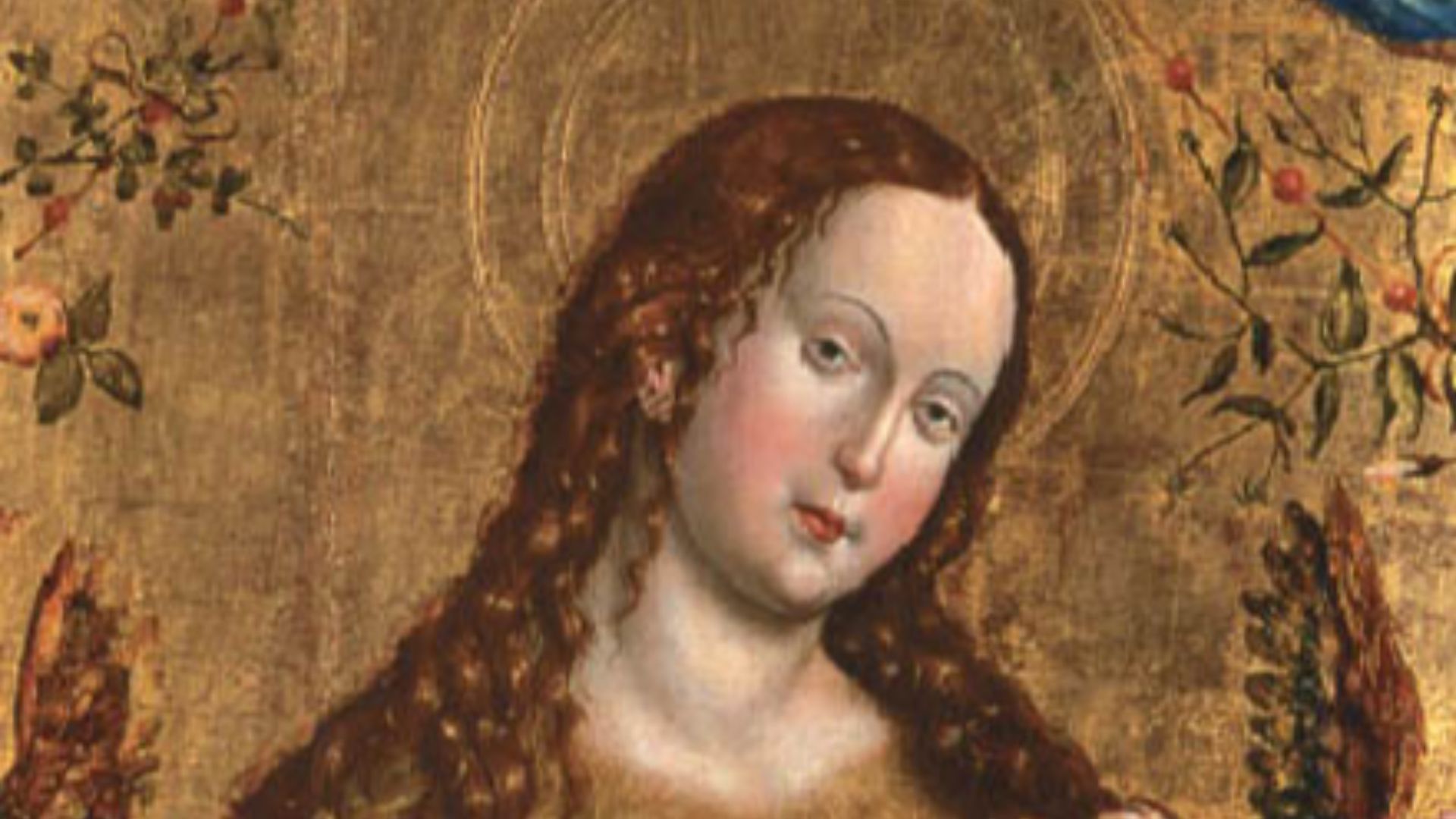 Follower of Martin Schongauer / Jan Polack, Wikimedia Commons
Follower of Martin Schongauer / Jan Polack, Wikimedia Commons
You May Also Like:
The Dark History Of California's Gold Rush
The Pawnee: The Great Plains Tribe
The Lacandon People: An Ancient Mayan Tribe In A Fight For Survival










